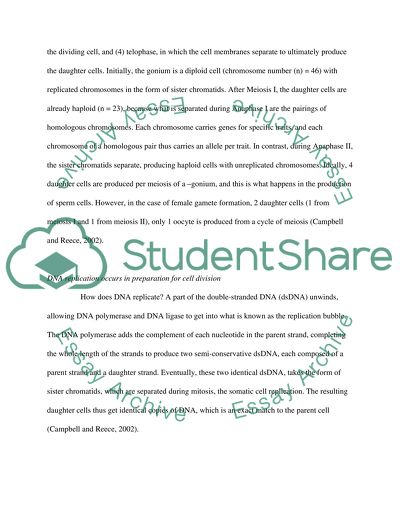Cite this document
(“DNA Essay Example | Topics and Well Written Essays - 1000 words”, n.d.)
Retrieved from https://studentshare.org/biology/1396908-project
Retrieved from https://studentshare.org/biology/1396908-project
(DNA Essay Example | Topics and Well Written Essays - 1000 Words)
https://studentshare.org/biology/1396908-project.
https://studentshare.org/biology/1396908-project.
“DNA Essay Example | Topics and Well Written Essays - 1000 Words”, n.d. https://studentshare.org/biology/1396908-project.


